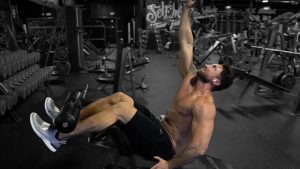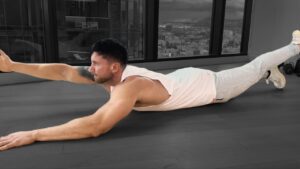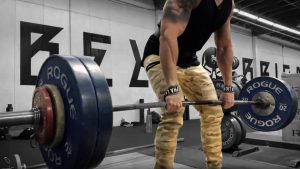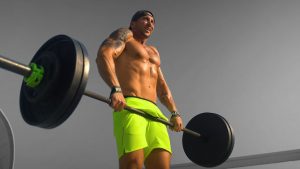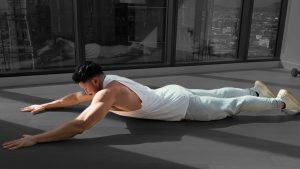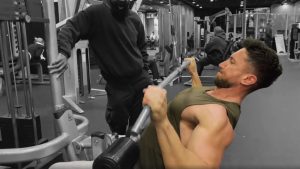If you've been blasting away with every variation of curls but still not seeing the biceps results that you want, it's probably because you're leaving out one of the most effective bicep blasters known to man - the chin up. Chin ups are an exercise that doesn't get anywhere near the respect that it deserves. The reality is that this exercise is a powerful upper body mass builder that will get your back, arms, and shoulders bigger and stronger.
Chin ups primarily work the biceps brachialis and biceps brachioradialis muscles of the upper arm and forearm. They also activate the latissimus dorsi muscles of the mid-back, the teres major, and rear deltoids. Activation is also given to the muscles of the core, including the transverse abdominis and rectus abdominis.
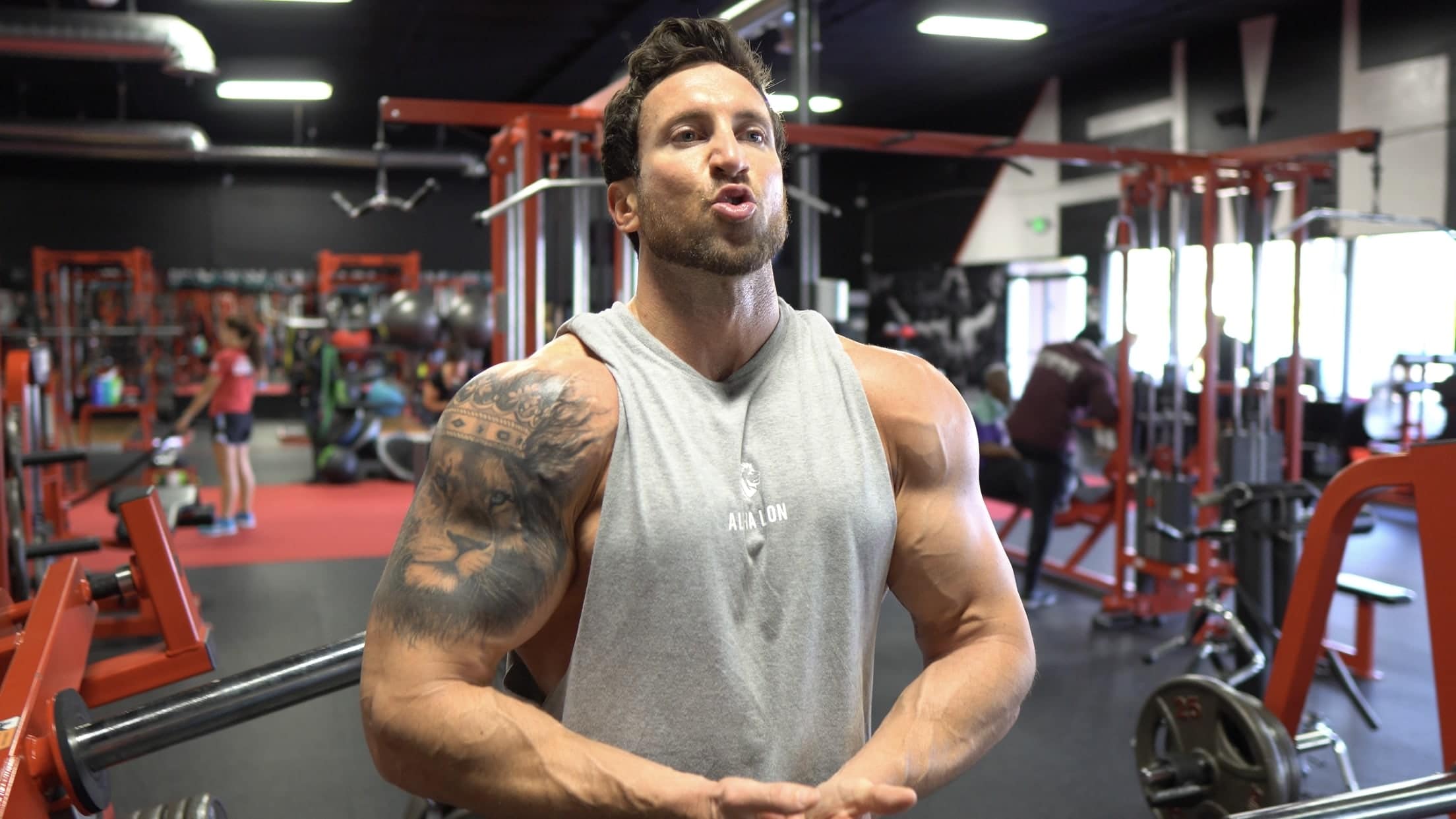
Chin ups are a great exercise to add to your upper arm building arsenal. Being a free weight exercise that makes use of your entire body weight as resistance, chin ups are a far more functional exercise than any version of curls that you may do. They also build coordination, stability, and structural balance and core strength, things that you don't get when you're doing a standing barbell curl.
The late legendary strength training coach Charles Poliquin used to refer to chin ups as the upper body squat. He was well aware of the exercise's ability to pack on upper body muscle mass.
How to Do the Chin Up
- 1Grab hold of a chin up bar with an underhand grip, hands shoulder-width apart.
- 2Starting from a dead hang, pull yourself up until your arms are fully contracted and your chin is at the level of the bar.
- 3Squeeze the biceps tightly in the top contracted position.
- 4Reverse the motion to slowly lower to a dead hand position.
3 Tips to Optimize Your Form
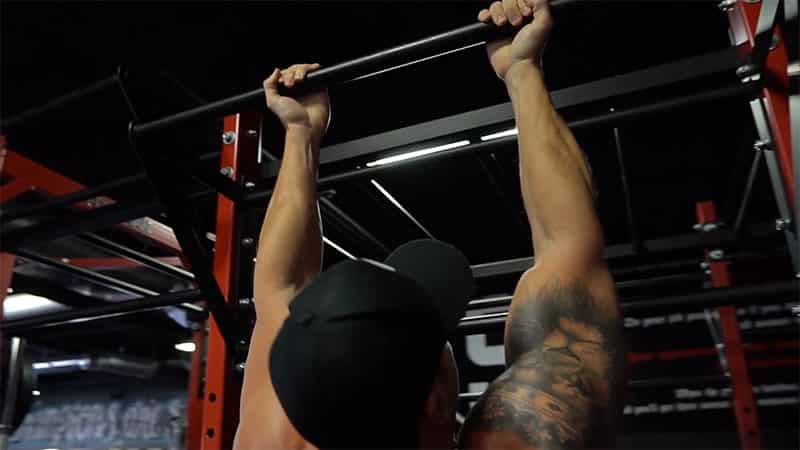
When you grab the bar, focus your grip on your ring finger and your pinkie. Take hold of the bar with those fingers first, keeping your thumbs back. Now wrap the other fingers around the bar. This may not seem likely to have any significance but it will produce greater activation in your biceps due to the greater ability to pull directly down and create supination at the wrist. A thumbless grip will also place more emphasis on your biceps.

Initiate the exercise with scapular depression and finish with scapular retraction.
In the top position, rather than having your body tight into the bar, try to create a 90-degree angle at the elbow so that there is some distance between your body and the bar. This will actually allow you to get a greater contraction on the bicep.
Common Chin Ups Mistakes
Being overly worried about getting the chin over the bar: Getting your chin above the level of the bar is not necessary to achieve full extension on the biceps or the lats. So long as you can come up to a position where your chin is close to level with the bar, you're good to go. Even if you can't get up that high on your last couple of reps due to fatigue, that's nothing to worry about.
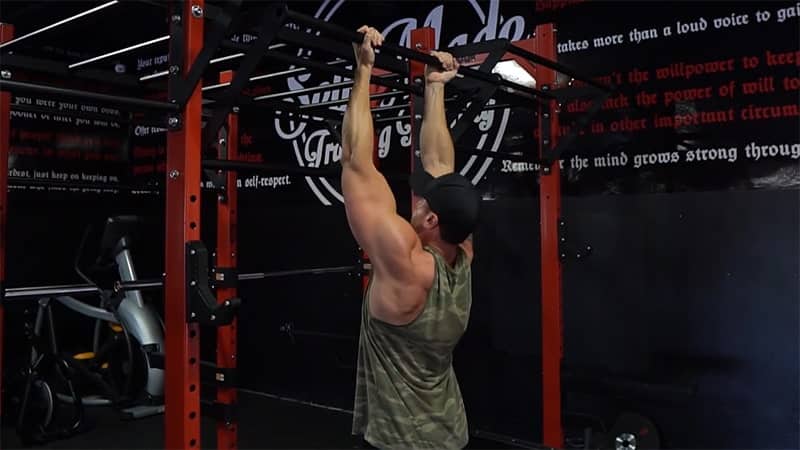
Not coming down to a dead hang: A lot of people are so worried about getting all the way up on their chin ups that they only end up doing half reps. As a result, they cut out the dead hang start position. This is a big mistake. The first third of the movement from the dead hang is the part that really engages your lats. When you cut it out, you rob yourself of a major benefit of the exercise.
Using momentum to get up: Cheating on a chin up or pull up is often known as kipping. This involves creating a swing-type movement through the torso to produce the momentum that will help to drive your body up. To avoid skipping, use an explosive concentric upward pull, pause at the top as you squeeze the hell out of your biceps then focus on a slow eccentric lowering to a dead hand. Now take a one-second pause before you begin your next rep.
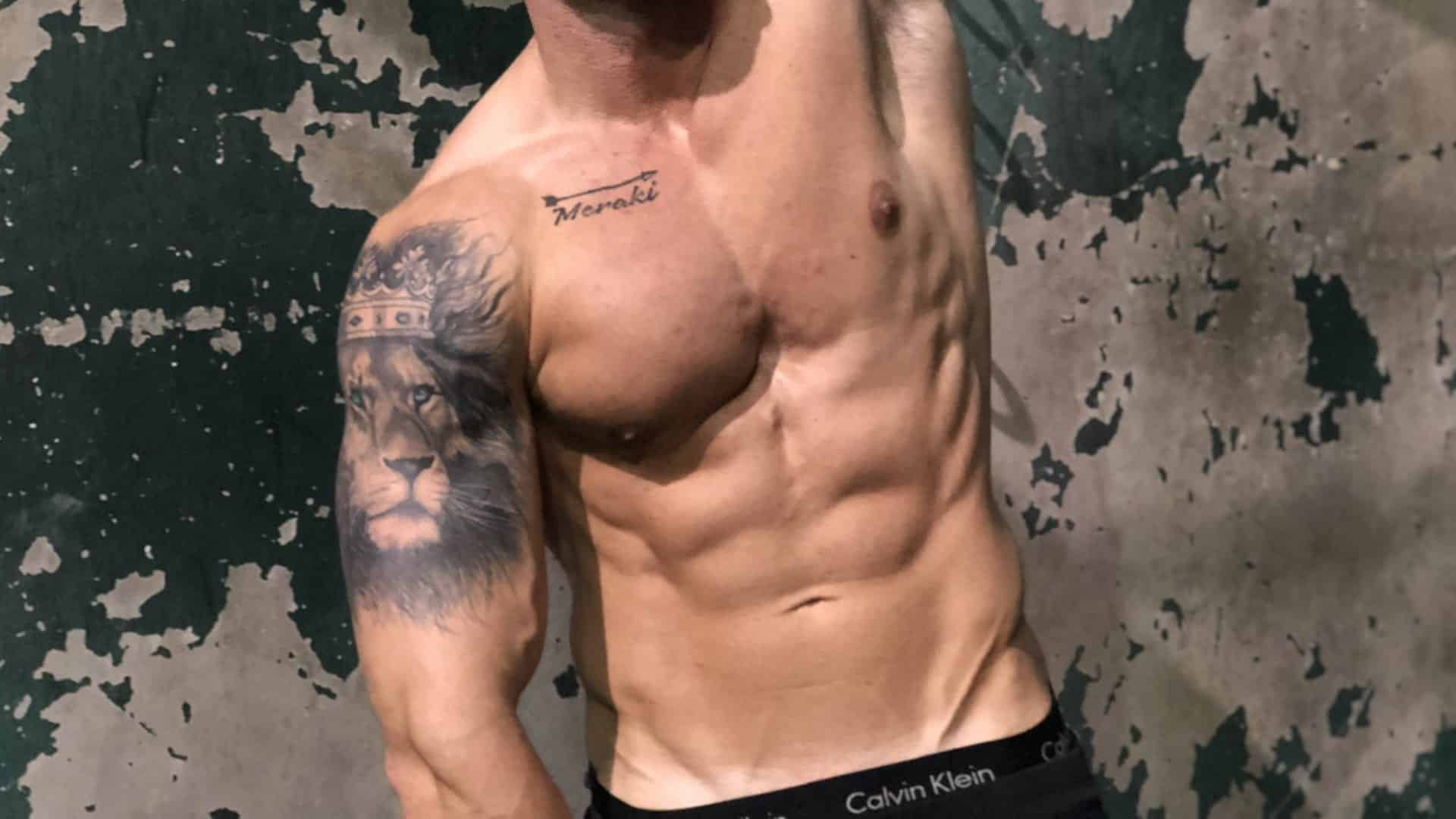
Not bracing the core: When you are doing chin ups, you want your body to be under control so that it doesn't move laterally as you are pulling up. To achieve this you need to keep your core tight. When your body is moving around, you are actually leaking strength and energy that should be going into the performance of your chin ups. To avoid rocking back and forth, flex your abs, glutes, and quads.
Not progressing: If you find yourself at a plateau on six or seven reps of the chin up, you need to blast beyond it in order to see results in terms of size and strength gains. An effective way to do that is to start using extra weight with a chin up strap. Add an extra 10 pounds for the next four weeks. You will probably find that you'll only get 4-5 reps per set. But when the month is over and you go back to bodyweight chin ups, you will find yourself up around the 10 or 11 rep mark - try it for yourself and see!
Chin Ups vs Pull Ups
A lot of people are confused about the differences between chin ups and pull ups. In fact, most people tend to use the two terms interchangeably. Of course, they are two completely different exercises. Chin ups are when you have an underhand grip with your palms facing toward you and pull ups are the opposite, where you have an overhand grip with the palms facing away from you.
Both of these exercises are excellent upper body strength and muscle builders. They are also both very good stabilizers of the core and back. These two exercises are also a good indicator of where your body composition is at. For example, if you are a 250-pound guy who struggles to do either pull ups or chin ups, it is very likely that you are carrying too much body fat. Lean, muscular guys who weigh 250 lbs should be able to pump out a dozen reps of either of these exercises without any problems.

Chin ups are not better than pull ups, nor are pull ups better than chin ups. Expecting one to be better than the other is like expecting your hammer to be better than your saw; they are both essential tools. It's the same with chin ups and pull ups. If you are looking to preferentially target your lats, then you should be doing pull ups. On the other hand, if you are intent on maximally stimulating your biceps, then you should be doing chin ups.
If you have done both pull ups and chin ups then you know that chin ups are an easier exercise to perform. That is because with chin ups, your arms are in front of the body. This puts them in a more mechanically advantageous position to pull up. The biceps are also in a prime position to contribute to the movement.
A well-rounded workout program should involve both pull ups and chin ups.
Varying Hand Grips and Widths
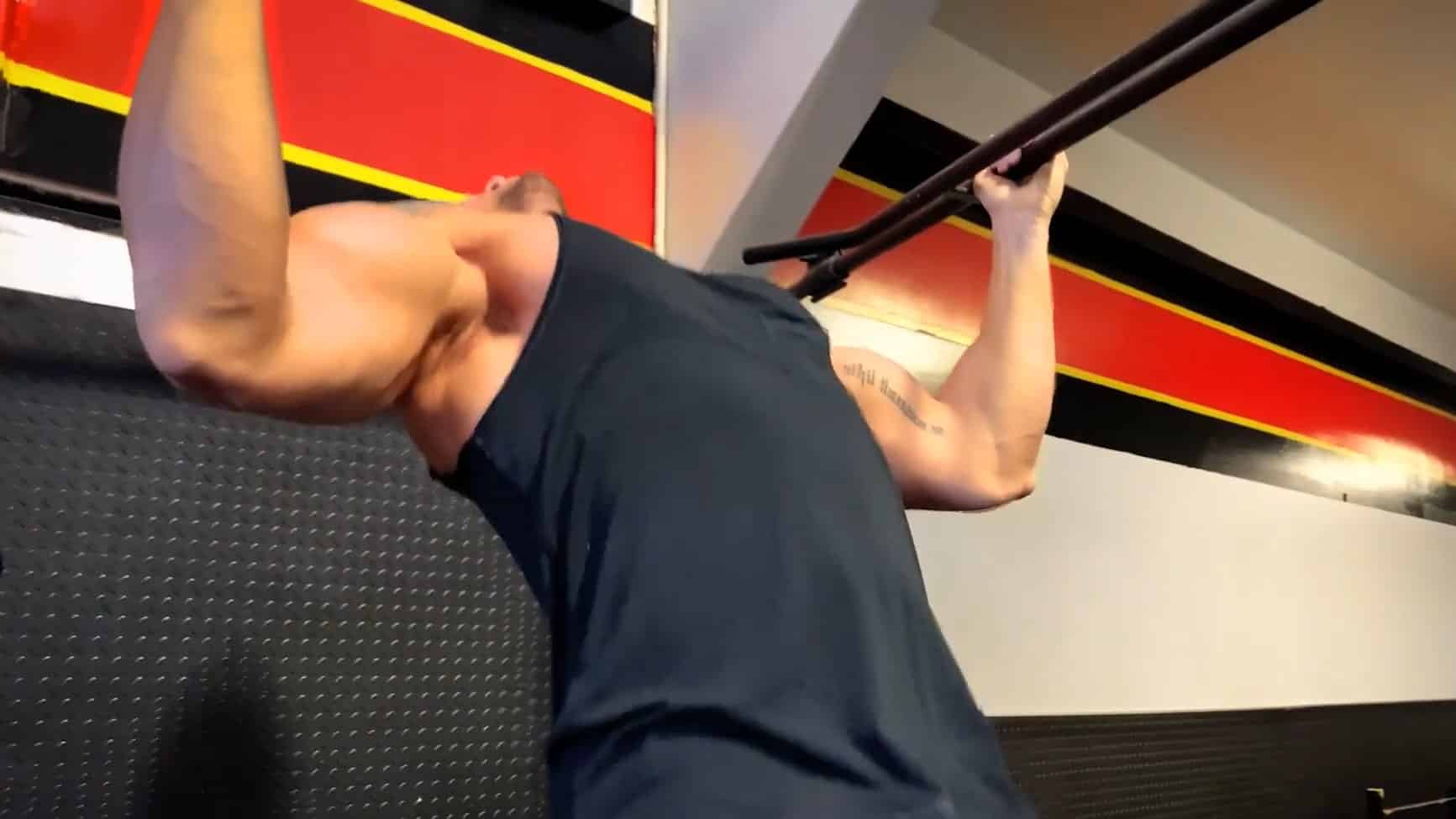
Although chin ups are normally done with an underhand grip, many pull up/chin up bars will also allow you to use a neutral grip where your palms are facing each other. The neutral grip is similar to doing a hammer curl, so this form of the chin up will place more emphasis on the brachioradialis muscle.
When you take your grip wider on chin ups, the exercise will become much harder. This is like doing dumbbell curls with your hands out wide to the sides of your body. Of course, the wider you have your hands apart, the shorter your range of motion will also be.
I recommend when you do chin ups that you do not have your hands any wider than shoulder-width. The reason is that a wide grip will put undue pressure on your elbows. The wider your elbows, the more problematic the exercise becomes. The safest alignment is for your elbows to be in line with your wrists.
How to Improve Your Chin Up Numbers
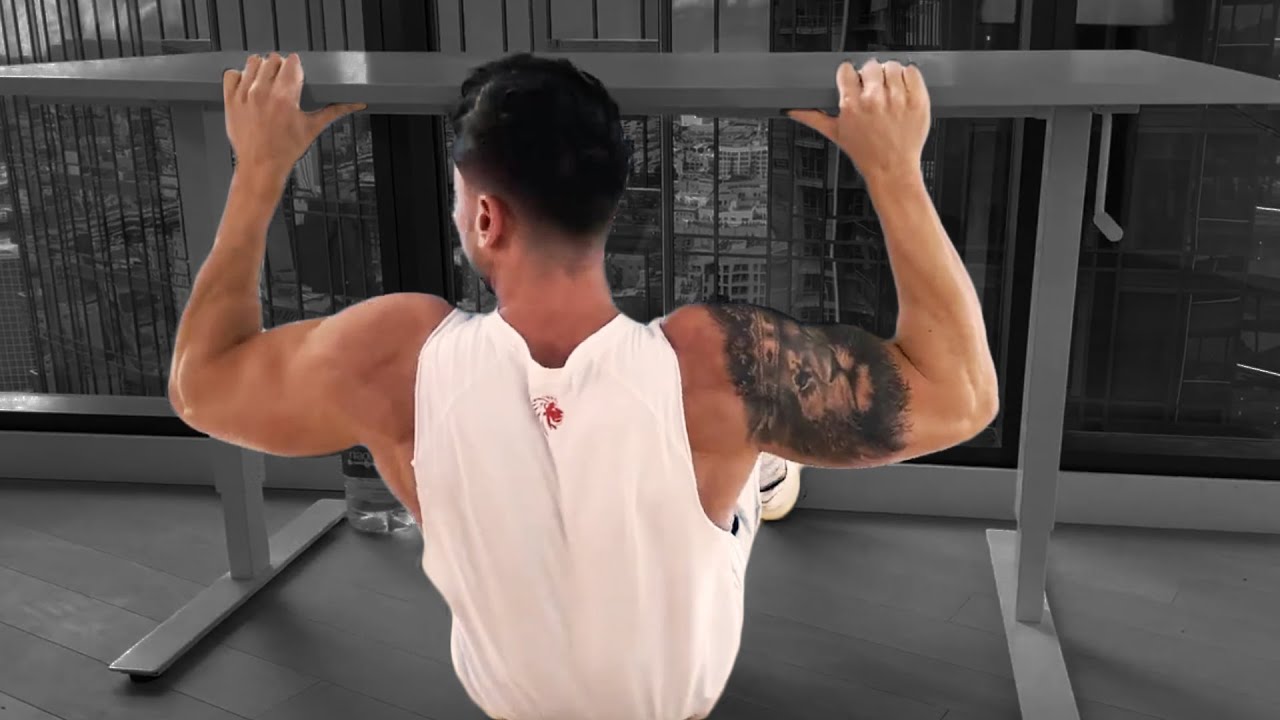
Getting good at doing chin ups (as well as pull ups) follows a progression. The first place to start is with inverted chin ups. This is where you lie on the floor under a bar that is set securely on a rack a little higher than dead hang distance from the floor. If you don't feel comfortable doing this at the gym just yet, start at home and use a desk or a table before you move on to using a bar.
Perform chin ups from this position. This forces you to lift your body weight but reduces the effect of gravity. You are also able to somewhat unload your body weight by keeping your feet on the floor throughout the movement. When you can do 3 sets of 12 reps, begin raising the bar so that you are pulling your body up at an ever-increasing angle.
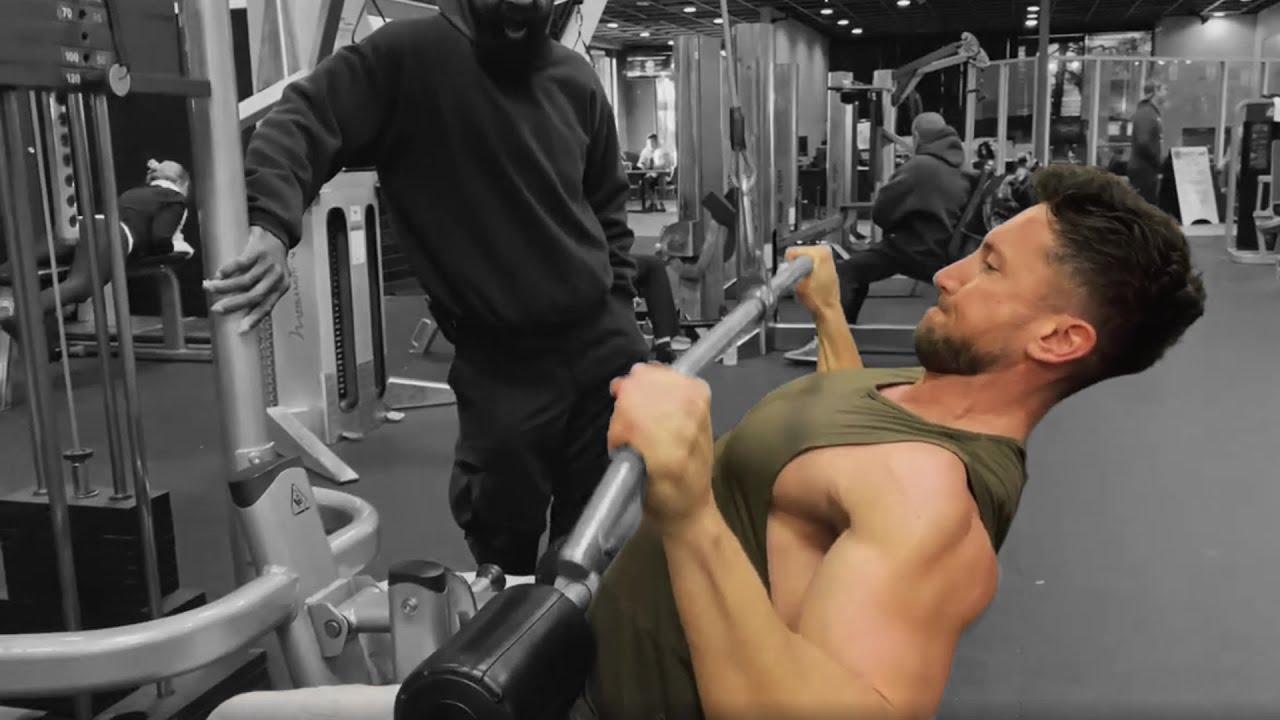
The next progression is to do lat pulldowns on a double cable pulldown machine. Use a palms-facing grip with the pulleys set at shoulder-width distance. Using the cable machine weight tack will allow you to use less than your body weight.
Once you can get the weight that you are lifting close to your own body weight, you should progress to an assisted pull up bar, assuming that your gym has access to this machine.
The assisted pull up bar allows you to perform the chin up exercise with less than your body weight. Be sure to grip the bar the same way as you would when doing the regular chin up and to pull through the upper back and biceps.
Once you are able to progress to doing the assisted chin up with close to your body weight, you should now go over to the pull up bar and spend a couple of weeks focusing on eccentric reps. Use assistance to get to the top of the bar and then take 5-6 seconds to lower your body down to the dead hang position.
Your final progression to performing full chin ups is to use a resistance band to assist your performance. Place the band over the bar, then step into it. The band will take some of the resistance off as you come up to bring your chin over the bar. Focus on activating both the upper back and the biceps and on fully activating your elbow flexors. The benefit of doing resistance band chin ups is that you are performing the actual exercise but without full gravity resistance. As a result, you are having to deal with all of the balance and core contraction issues that are part of doing this exercise.
When you can perform a dozen reps of resistance band chin ups, you are ready to start performing the exercise without any assistance.
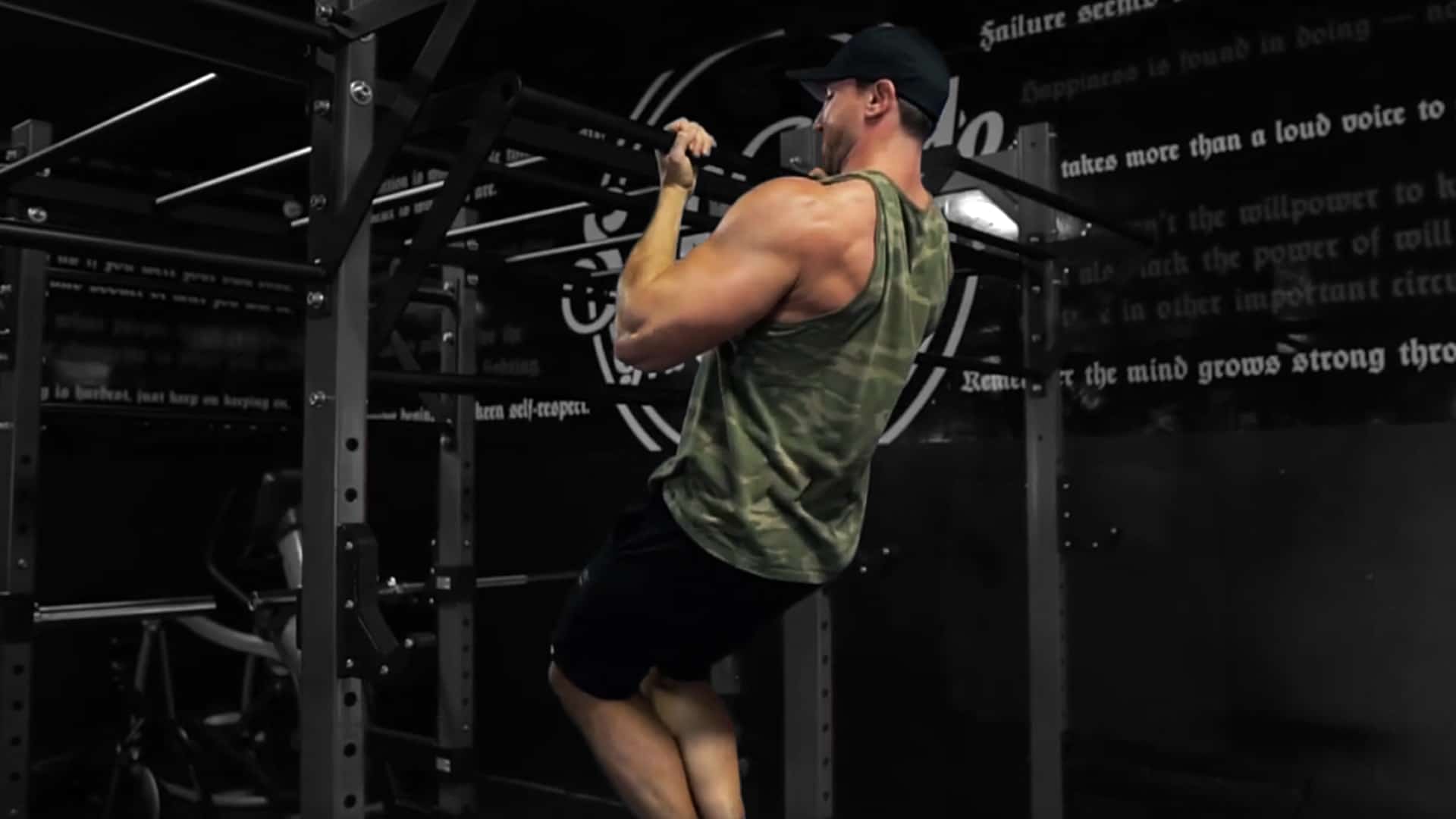
The chin up is an exercise that you can perform several times per week. A great way to get stronger and better at this exercise is to set yourself a target number for your workout. As an example, you could give yourself the target of 50 reps. Your goal is to get to that number in as few reps as possible. So, on the first set you night get 12 reps, then 9 on your second set. That gives you a cumulative total of 21 reps. You've now got 29 reps to go. Keep pumping out sets, with 60 seconds rep between each set, until you hit your 50 rep total.
Conclusion
The chin up is a hugely under regarded exercise that has the potential to be an awesome upper body strength and mass builder. It is also one of the best movements that you can do to blast your biceps. Of course, this is a bodyweight movement that you can do to improve the size and strength of your biceps. Make use of it liberally and you will discover a whole new level of upper body development.

